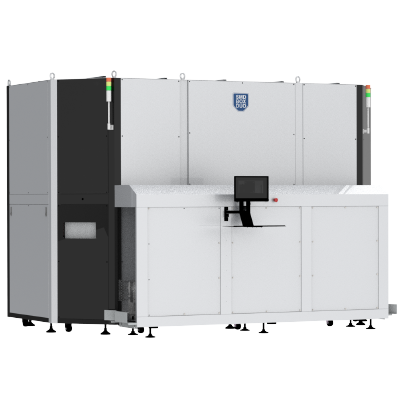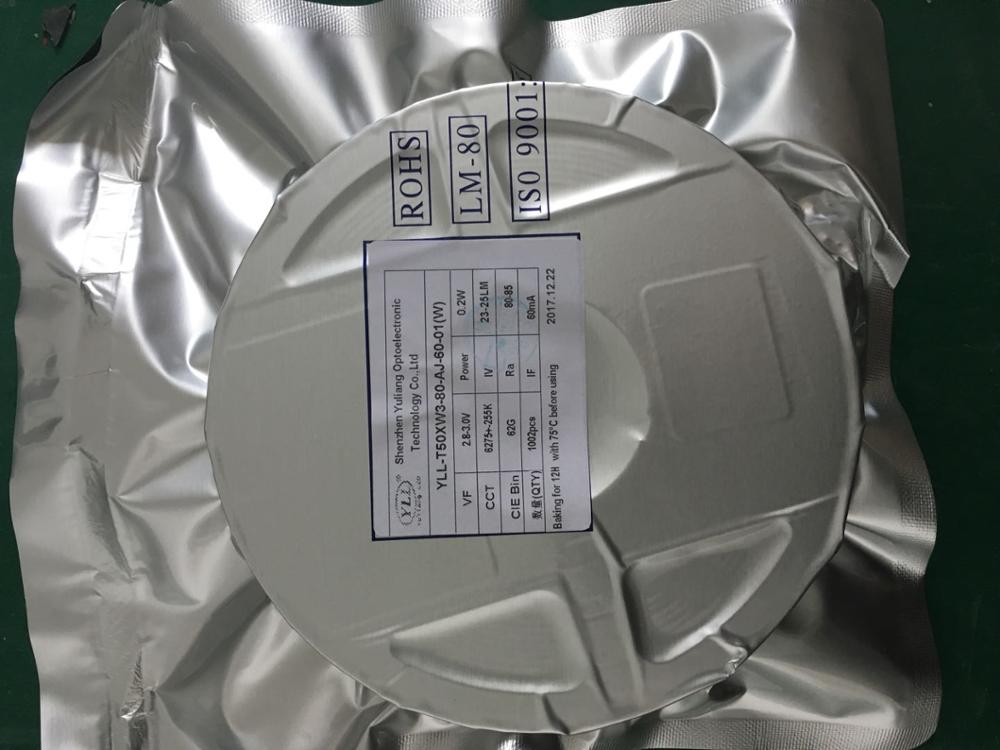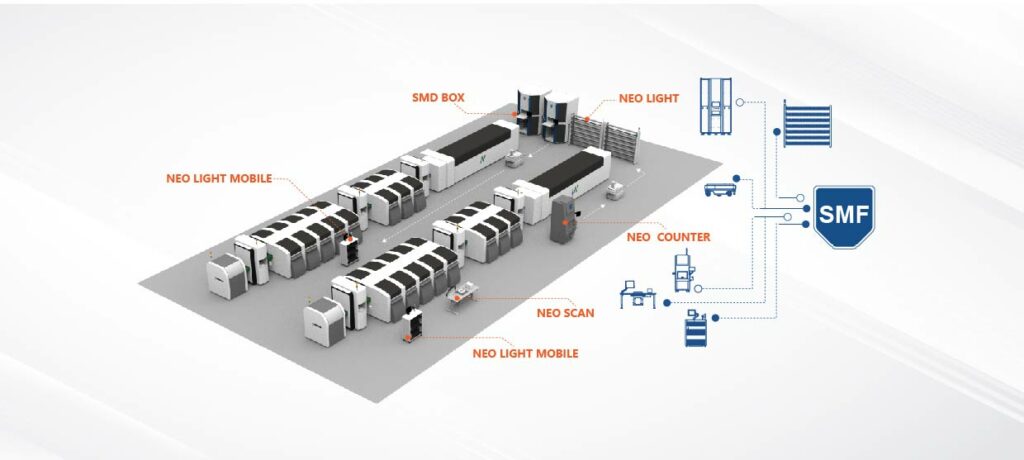What is MSD?
A moisture barrier bag is a type of packaging material that is designed to prevent moisture from entering or leaving the bag. It is typically made of a plastic film that is coated with a moisture-resistant layer, such as an aluminum or polyethylene layer. Moisture barrier bags are used to protect a wide range of products from moisture damage, including electronics, pharmaceuticals, and food products. They are often used in conjunction with desiccants, which are substances that absorb moisture, to provide an extra layer of protection against moisture damage. Some moisture barrier bags are also equipped with a one-way valve that allows moisture to escape from the bag, while still preventing moisture from entering.

What is MSL?
Moisture sensitivity level (MSL) is a rating system used to indicate the sensitivity of a particular type of electronic component or device to moisture. The MSL rating is based on the amount of time that the component can be exposed to ambient humidity without being damaged. The ratings range from MSL 1 to MSL 6, with MSL 1 being the most moisture-sensitive and MSL 6 being the least sensitive.
Components with a high MSL rating can be exposed to relatively high levels of humidity for longer periods of time without being damaged, while components with a low MSL rating are more sensitive to moisture and can be damaged if exposed to high levels of humidity for even short periods of time. It is important to store and handle moisture-sensitive components in a controlled environment with low humidity in order to prevent damage. Moisture barrier bags and desiccants are often used to protect moisture-sensitive components during shipping and storage.

- MSL 1: These components are the most moisture-sensitive and can be damaged if exposed to high levels of humidity for even a short period of time. They must be handled and stored in a controlled environment with low humidity.
- MSL 2: These components are less sensitive to moisture than MSL 1 components, but they are still at risk of being damaged if exposed to high levels of humidity. They should be handled and stored with caution and in a controlled environment with low humidity.
- MSL 3: These components are less sensitive to moisture than MSL 2 components, but they are still at risk of being damaged if exposed to high levels of humidity for extended periods of time. They should be handled and stored in a controlled environment with low humidity.
- MSL 4: These components are less sensitive to moisture than MSL 3 components, but they are still at risk of being damaged if exposed to high levels of humidity for extended periods of time. They should be handled and stored in a controlled environment with low humidity.
- MSL 5: These components are less sensitive to moisture than MSL 4 components, but they are still at risk of being damaged if exposed to high levels of humidity for extended periods of time. They should be handled and stored in a controlled environment with low humidity.
- MSL 6: These components are the least sensitive to moisture and can be exposed to relatively high levels of humidity for longer periods of time without being damaged. However, it is still important to handle and store them in a controlled environment with low humidity to ensure their longevity.
What is MBB?
A moisture barrier bag is a type of packaging material that is designed to prevent moisture from entering or leaving the bag. It is typically made of a plastic film that is coated with a moisture-resistant layer, such as an aluminum or polyethylene layer. Moisture barrier bags are used to protect a wide range of products from moisture damage, including electronics, pharmaceuticals, and food products. They are often used in conjunction with desiccants, which are substances that absorb moisture, to provide an extra layer of protection against moisture damage. Some moisture barrier bags are also equipped with a one-way valve that allows moisture to escape from the bag, while still preventing moisture from entering.
Manage your MSD in proper way
Here are some steps you can take to properly handle and store MSDs:
- Keep MSDs in their original packaging: When transporting or storing MSDs, it is important to keep them in their original packaging, if possible. This packaging is designed to protect the devices from moisture and other environmental factors.
- Use moisture barrier bags: If the original packaging is not available, you can use moisture barrier bags to protect the devices from moisture. These bags are made of a plastic film that is coated with a moisture-resistant layer to prevent moisture from entering or leaving the bag.
- Use desiccants: Desiccants are substances that absorb moisture, and can be used in conjunction with moisture barrier bags to provide an extra layer of protection against moisture damage.
- Store MSDs in a controlled environment: MSDs should be stored in a controlled environment with low humidity. This can typically be achieved by storing the devices in a dry, cool place with good ventilation.
- Follow the manufacturer’s recommendations: It is important to follow the manufacturer’s recommendations for handling and storing MSDs. These recommendations can be found in the documentation that comes with the devices or on the manufacturer’s website.

